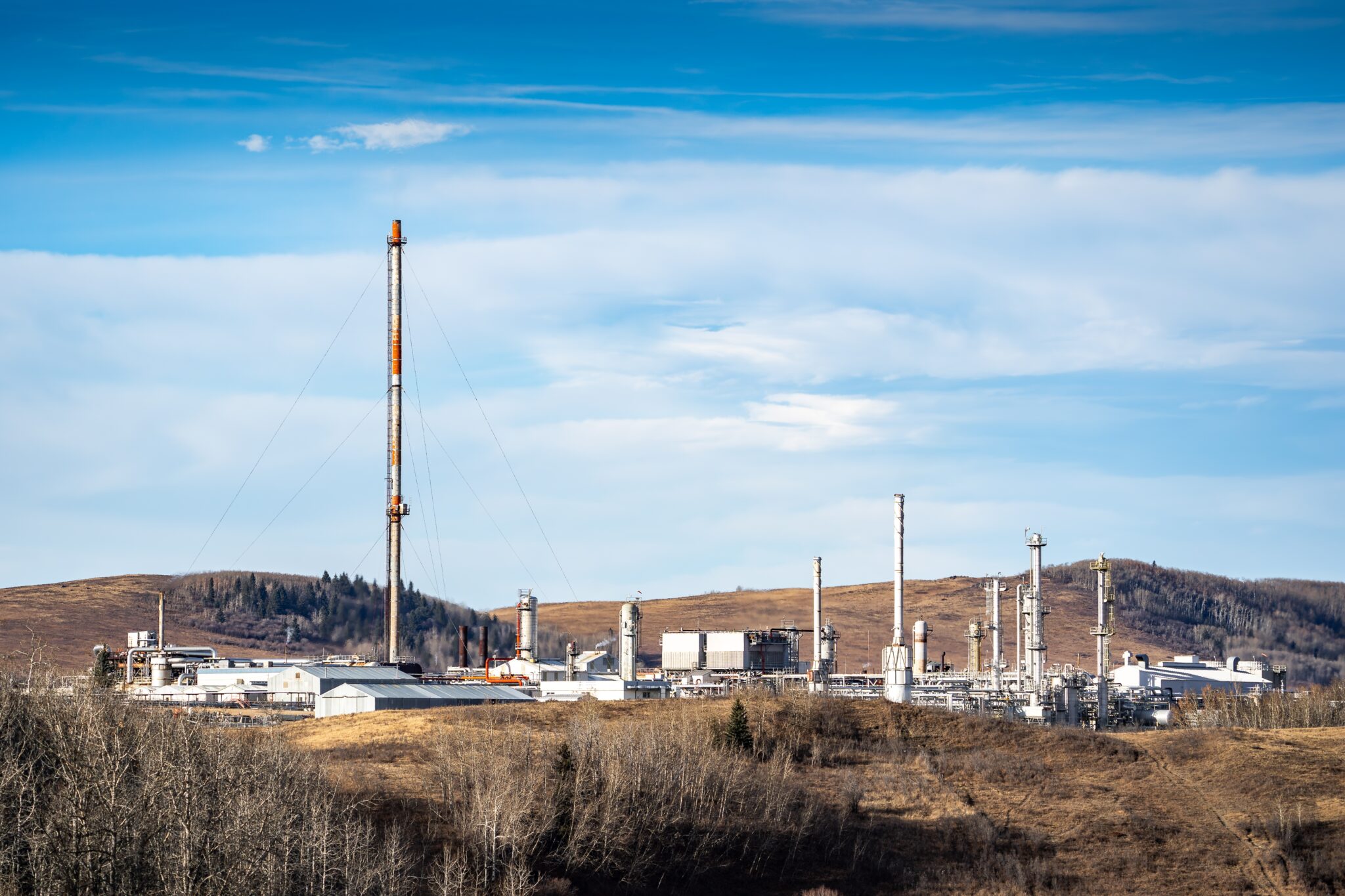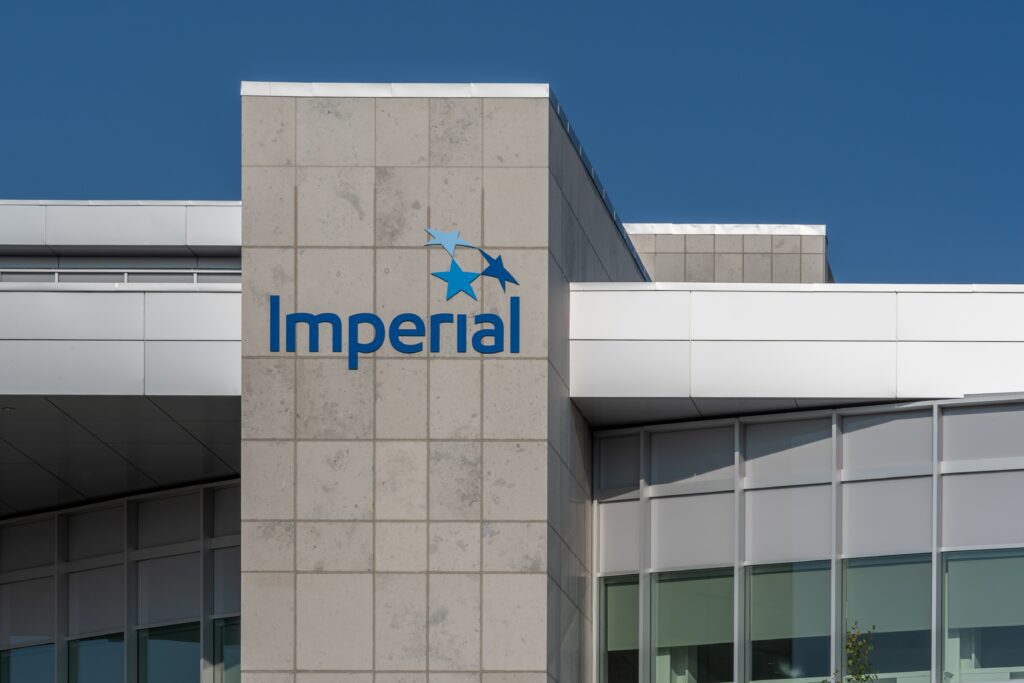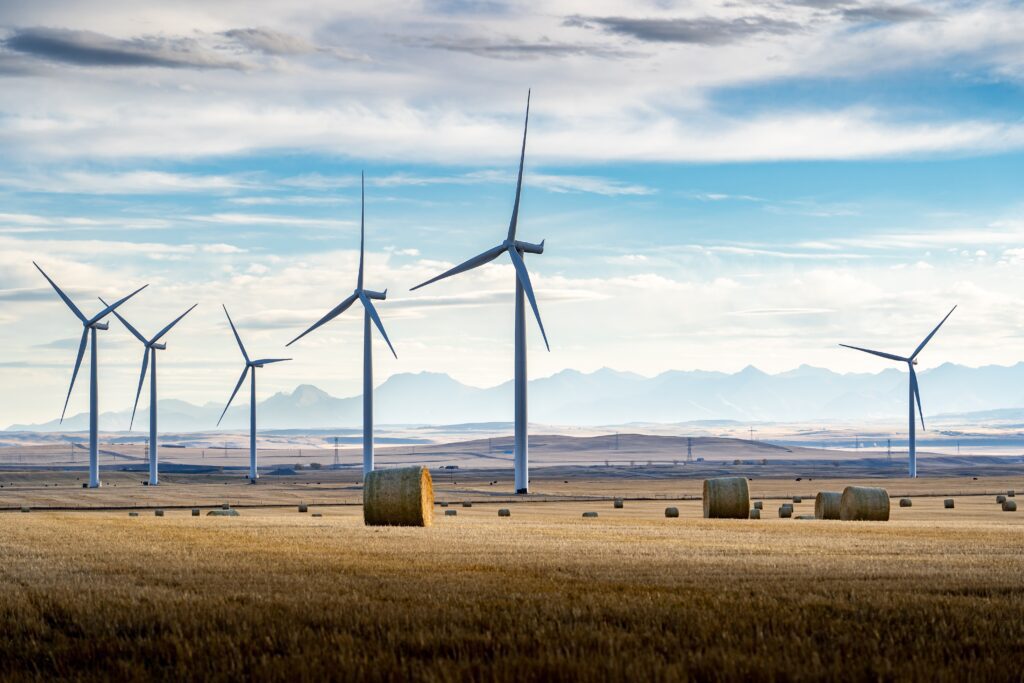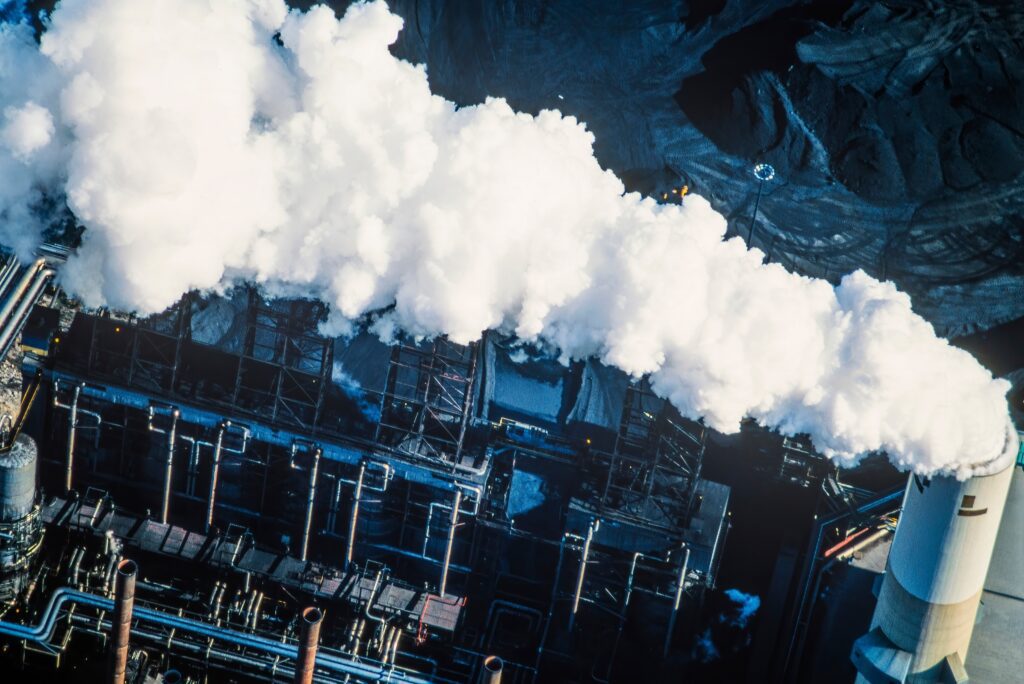Written by Stephen Legault and Emilia Belliveau
Liquefied Natural Gas (LNG) has recently garnered significant press coverage. After 14 years of delays, budget overruns, and legal battles with Indigenous communities, the first tanker has left LNG Canada’s port in Kitimat, BC, for overseas markets. The project was initially forecast to cost $5 billion, but the final price tag could exceed $40 billion – a seven-hundred-per-cent increase.
LNG Development Canada is spearheading the project; a collaboration between Shell (British and Dutch), Petronas (Malaysian), PetroChina (Chinese, state-owned), Mitsubishi (Japanese), and KOGAS (Korean). Note the suspicious absence of Canadian ownership.
No sooner has the first LNG tanker pulled away from Kitimat than Alberta’s Danielle Smith is calling on the federal government to support another pipeline. Pipelines, supposedly, will solve all of our problems!
Or will they?
What is Liquefied Natural Gas
The first step in the LNG process is extracting methane gas from tightly packed sedimentary rock through hydraulic fracturing, also known as fracking. Approximately 80 per cent of LNG comes from fracked gas deposits. The process involves pumping large amounts of mud, water and chemicals into deep natural gas deposits, creating enough pressure to crack open rock formations and release the gas.
The marketing name for this poison is “natural” gas, but it’s mostly methane – breathing it could kill you. It’s as “natural” as a lump of coal or a pail of bitumen. Methane is a potent greenhouse gas, and scientific reports suggest it is 84 times more potent than carbon dioxide over a 20-year period.
To transport methane gas overseas, it’s liquefied by cooling to -160 degrees C, then loaded onto specially designed tankers for shipment to markets in the U.S., Japan, South Korea, India, and China. Once the LNG arrives, the process is reversed, with as much as 15 per cent of the gas being wasted, and massive amounts of energy required to cool and then reheat the gas. When this enormous waste is figured into GHG emissions calculations, LNG becomes as dangerous to our climate as coal.
Premier Smith thinks LNG will save Alberta’s economy
We’re not as optimistic (naive?) as the Premier. According to the International Energy Agency, supported by research from Bloomberg Professional Services and the US Department of Energy, demand for LNG is expected to grow by 60 per cent between now and 2050.
Scratch beneath the surface, and challenges quickly emerge.
The US has committed to “energy dominance” and has more than a decade’s head start on Canada in finding global markets for its LNG. Over the next five years, the United States is expected to bring five new facilities online. Forecasters predict a massive oversupply of LNG over the next five to ten years, which will drive prices down and threaten numerous existing and soon-to-be-operational facilities worldwide.
We’re trying to race the fastest kid on the block, but we’re headed in the wrong direction.
If oil and gas prices drop significantly, many processing facilities may be abandoned, joining thousands of other deserted sites that release harmful methane, contaminate water, and pose risks to people and animals. Taxpayers will ultimately bear the costs of cleanup.
LNG: Brought to you by the good folks who sold us the tar sands
Promoters of LNG-the same petroleum companies and investors who brought you Alberta’s tar sands-falsely claim that LNG is a clean fuel that will help bridge the gap between our current crude oil-driven economy and a clean, renewable energy system.
The renewable energy transition doesn’t need bridges; it needs investment. Why not just cut to the chase? A $40 billion investment could add approximately 20-40 GW of new renewable capacity to Canada, potentially covering 15-30 per cent of the country’s current electricity needs.
Given that LNG Canada’s current project took fourteen years to build, we can expect future pipelines to take nearly as long, despite the “pipe” dream that federal Bill C-5 would significantly expedite the process. Canadians, led by many Indigenous communities, aren’t buying that. Another pipeline wouldn’t begin transporting methane gas until 2035 or 2040 at the earliest.
That’s precisely when projections suggest renewable energy will eclipse LNG and likely be a short-lived, costly experiment in chasing a market that has already passed its best-before date. Perhaps it’s time we sought out markets we can lead into the future, rather than yearning for the glory days of past success.









